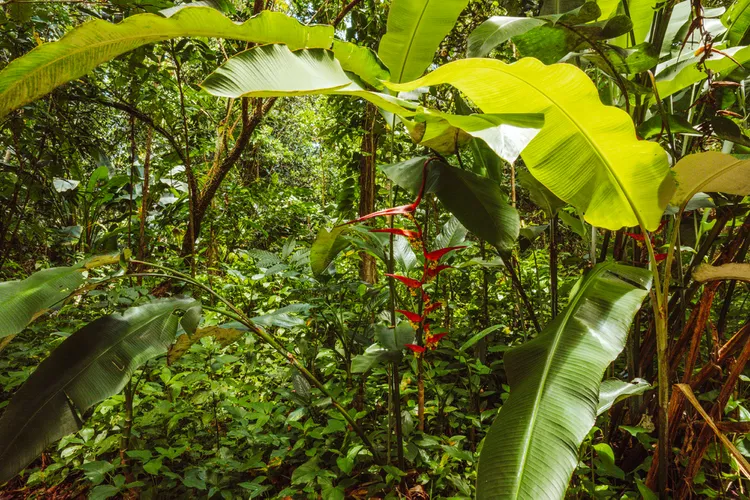Discovering the Wonders of Tropical Rainforests
The most famous ecosystem on earth, tropical rainforests contain more than two-thirds of the world’s plant species. You may not see them all on your vacation; however, there are some of the most impressive destinations worth your time.
Many of these rainforests are travel destinations in their own right, while others are renowned for their proximity to popular vacation spots. For instance, take a break from the stunning beaches of Puerto Rico for a tour through El Yunque, the only rainforest located on a Caribbean island. Alternatively, you can immerse yourself in the Indonesian rainforest in Bali in between exploring temples and indulging in luxury spa treatments. Moreover, in South America, embark on a boat journey up the Amazon after celebrating Carnival in Rio.
Tropical Rainforest Climate
Tropical rainforests thrive near the equator, characterized by hot and humid conditions. Collectively, these biomes host over 15 million types of plants and animals, showcasing the greatest concentration of biodiversity in the world. South America is home to the planet’s largest rainforest, the Amazon, while the second-largest rainforest, found in the Congo Basin, is situated in Africa. Large expanses of tropical rainforest can also be discovered in Southeast Asia. Regardless of being tropical or temperate, all rainforests receive upwards of 60 (and sometimes as much as 160) inches of rain annually.
Top Tropical Rainforest Plants
While the animals—such as Javan tigers, tree sloths, and silver-backed gorillas—often capture attention, the miraculous species that inhabit the world’s rainforests are equally fascinating. From towering trees to delicate orchids, the vibrant Heliconia (also known as lobster-claw flowers) and even carnivorous pitcher plants that can digest small mammals and reptiles (in addition to insects), the sheer density and diversity of rainforest plants are impressive.
Furthermore, you don’t need to venture deep into the rainforest to appreciate its produce. The fruits (literally) of these equatorial forests fill grocery stores around the globe, including bananas, oranges, papayas, pineapple, grapefruit, tomatoes, potatoes, corn, rice, peanuts, and—of course—chocolate, showcasing the agricultural wealth derived from these biodiverse ecosystems.
